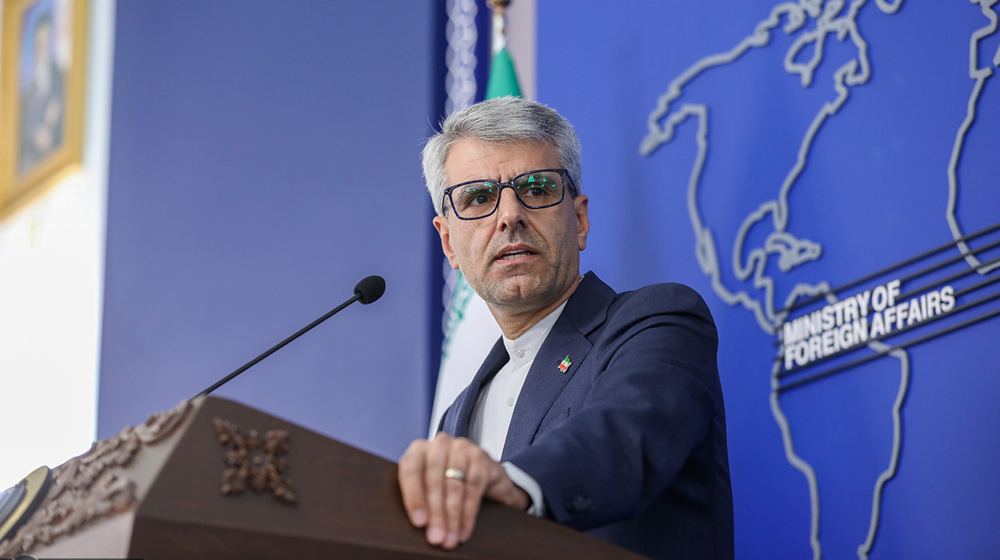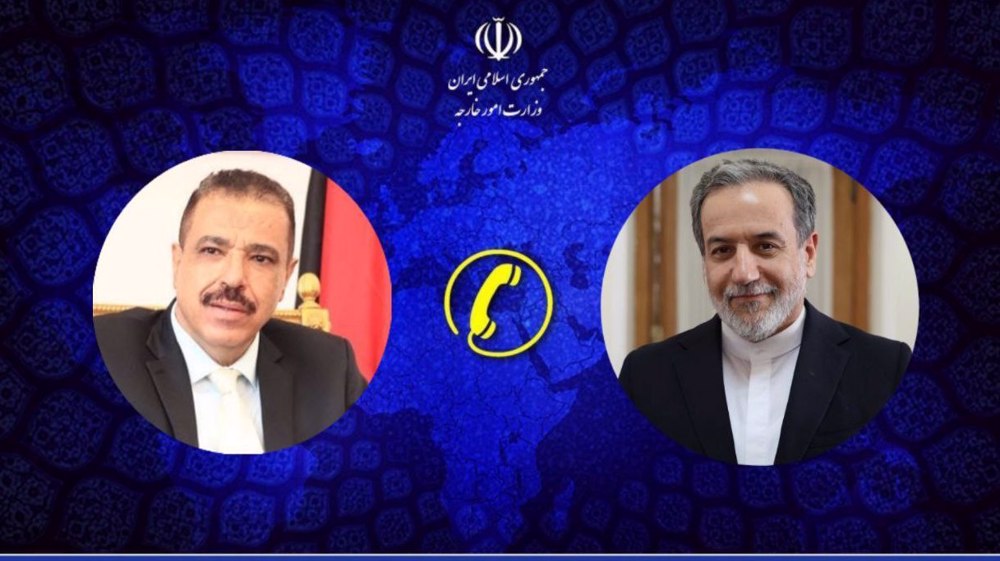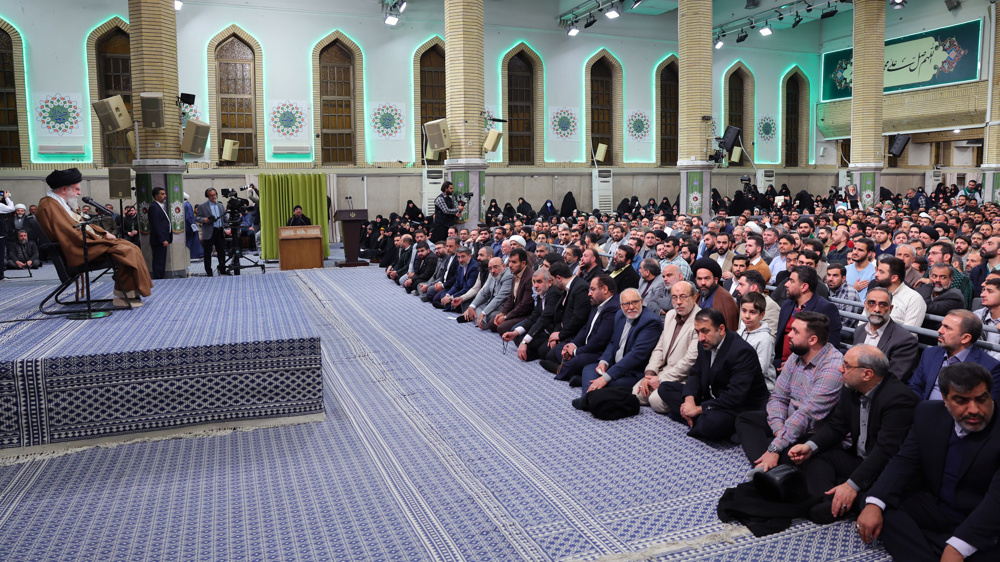Iranian satellite ready for launch, two more being readied: Official
An official from the Iranian Space Research Center (ISRC) says the institute has completed the development of one satellite and is making final preparations on two others for launch into orbit.
In an interview with IRNA news agency on Sunday, Hadi Rezayi, the deputy of research and technology at the ISRC, said that while other countries bought much of their required space technology and equipment, Iran could not do so because of current restrictions caused by US sanctions.
Though disturbing, the limitations lead Iran to advance its scientific and technological status indigenously, Rezayi said.
“Despite all the aforesaid restrictions, due to the efforts of ISRC researchers and the cooperation of other scientific and research centers in the country, [work on] one satellite has been completed at the ISRC and it is ready for launch while a measurement satellite and a telecommunication satellite are in their final preparation stages,” he said.
He explained that space technology was among the leading scientific areas, whose advances were also used in other industries.
Iran launched its first locally-built satellite, Omid (Hope), in 2009. The country also sent its first bio-capsule containing living creatures into space in February 2010, using a Kavoshgar-3 (Explorer-3) carrier.
In February 2015, the Islamic Republic placed its domestically-made Fajr (Dawn) satellite into orbit, which is capable of taking and transmitting high-quality photos to stations on Earth.
In January 2019, the domestically-built Payam (Message) satellite was launched into space with an aim to collect environmental information; however, technical problems that occurred during the final stage of the launch prevented the spacecraft from reaching orbit.
Relentless Israeli ceasefire violations justify need for self-defense: Lebanese MP
Tel Aviv tells Damascus Israeli forces will remain in occupied territory: Report
Dec. 22: ‘Axis of Resistance’ operations against Israeli occupation
‘Abhorrent’: Oxfam says only 12 trucks delivered aid in North Gaza since Oct.
VIDEO | Leader receives religious eulogists on Hazrat Fatima birth anniv.
Pope Francis slams Israel’s ‘machine-gunning’ of Gaza children
US hostage-taking of Iranian nationals violation of intl. law: Deputy FM
VIDEO | Carol Singers for Palestine on London’s Parliament Square
















 This makes it easy to access the Press TV website
This makes it easy to access the Press TV website